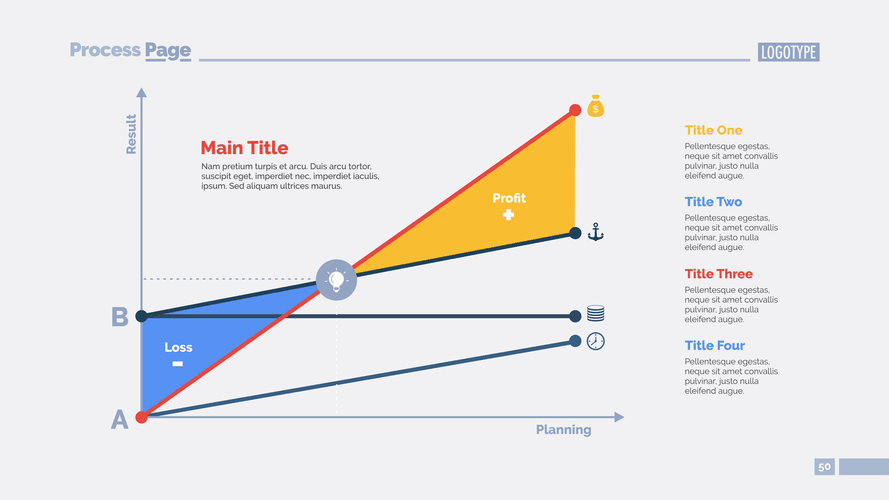
The last company I worked for paid us bi-weekly every other Friday, but now I am paid semi-monthly on the 1st and 15th. In this guide, we’ll break down how each schedule works, what makes them different, and which one might be the better fit for your team. Whether you’re running payroll for the first time or thinking about switching things up, we’ll biweekly and semimonthly help you make a confident, informed choice.
- As a trusted partner, Arcoro’s solutions help construction companies manage their unique workforce needs, offering the most ERP integrations of any HR software provider.
- While total annual earnings remain the same, the frequency and amount of payments can influence personal financial planning.
- If it falls on a weekend day, then it’s usually paid the Friday before.
- For businesses aiming to streamline their payroll process, integrating a time-tracking tool like Everhour can be invaluable.
- You will need to make sure you have enough money in your payroll account to cover the additional expenses.
RotaCloud: Features, Pricing, Pros & Cons & A Better Alternative
Using How to Run Payroll for Restaurants bi or semi in front of time periods can create tremendous confusion these days as definitions and style guidance continue to soften and blur. But what about when you’re at the mercy of English as it’s wielded by others? For, as anyone who pays attention to our work surely recognizes, we are at the mercy of the language. Biweekly and bimonthly each have a pair of meanings that are unhelpfully at odds with one another. An important thing to note about ‘bi-weekly’ is that it can also mean two times per week. So, when you use the term, you have to be sure to leave clues for your readers so they know what you mean.
of the Best Invoicing Software for Freelancers
Bi-weekly pay schedules have 26 pay periods in a year vs semi-monthly’s 24. That means you’ll make two extra paychecks to your employees in a year with a bi-weekly pay schedule. Semi-monthly pay means employees receive two payments each month, typically on the 1st and 15th, or the 15th and last day of the month. To calculate semi-monthly pay from an annual salary, divide the annual salary by 24.
Semi-monthly Pay Pros and Cons
- The one downside to biweekly payments is the inconsistency in how much money you are paying out each month.
- Semimonthly pay means employees are paid twice a month, typically on fixed dates.
- Now that we’ve established a deeper understanding of bi weekly pay, let’s compare it to semi monthly pay to appreciate the pros and cons of each.
- By examining these aspects, you can choose a payroll schedule that supports both your business needs and your employees’ financial well-being.
- There are a lot of differences between semi-monthly pay and biweekly pay and deciding which is better biweekly or semi-monthly pay, is slightly challenging.
- The pay period starts on Monday and ends on Sunday, and the payday is Friday.
In a monthly pay schedule, payroll is processed 12 times a year on a fixed recurring date. Though it is the most cost-effective option for employers, employees are forced to wait a whole month to receive each pay check. Here are some of the benefits and downsides of using bi-weekly and semi-monthly pay schedules for calculating payroll so you can make an informed decision on which net sales is right for you. Additionally, for hourly employees, calculating overtime can be more complex due to the inconsistent number of workdays in each pay period.

I will use each of these words in a few example sentences to demonstrate how they should appear in context. Enterprise businesses excel with the customizability, automated workflows, and integrated people insights of Lattice. Midsize businesses thrive with the efficiency, clarity, and analytics capacity of Lattice.
- Transitioning to a new payroll schedule requires careful consideration and planning to avoid disrupting your business operations or employees.
- I like receiving bi-weekly pay because I get an extra check every few months that I save for a rainy day.
- Review state laws which may dictate workweek parameters and restrict pay period options further.
- If you’re not careful, you could accidentally miss overtime payments and land in legal hot water.
- If you fail to pay careful attention you could miss a deadline and delay employee paychecks.
Employee Handbook

If your workforce is made up of mostly hourly workers, biweekly pay periods may make the most sense. With 26 paydays, employees have money coming in more frequently, and it also can benefit new employees who may need cash more quickly. With a semimonthly payroll schedule, the two paydays can fall on any day of the week, and that can make budgeting more complex, especially for workers who live paycheck to paycheck. Strategic pay period selection along with automated time tracking optimizes overtime management.
Time Clock Fraud: How to Stop Time Clock Fraud and Policy Creation

More regular paychecks (every other Friday, for example) can make life a lot smoother for them, and that builds trust and loyalty over time. With EmpMonitor, managing payroll becomes effortless, whether you’re working with a biweekly vs semi monthly schedule. Two fewer cycles may not sound like a lot, but if you’re handling payroll manually or running a small HR team, every little bit helps. Plus, if you use a time and attendance tracking software solution, you’ll need to make sure it can flex around your chosen schedule without headaches.
For a company that pays its employees on an hourly basis, a bi-weekly payroll schedule is more suitable because of its consistency and easier calculation. For businesses with salaried employees who have additional payroll requirements or government payment regulations, bi-monthly payroll is a great option. Automation reduces errors, ensures compliance, and saves time for HR teams. For instance, using tools like the wix affiliate app, setting specific dates for paid semi-monthly workers eliminates manual scheduling issues. Finally, for those paid by the hour, bi weekly pay schedules can simplify overtime calculations due to the consistent number of workdays in each pay period.